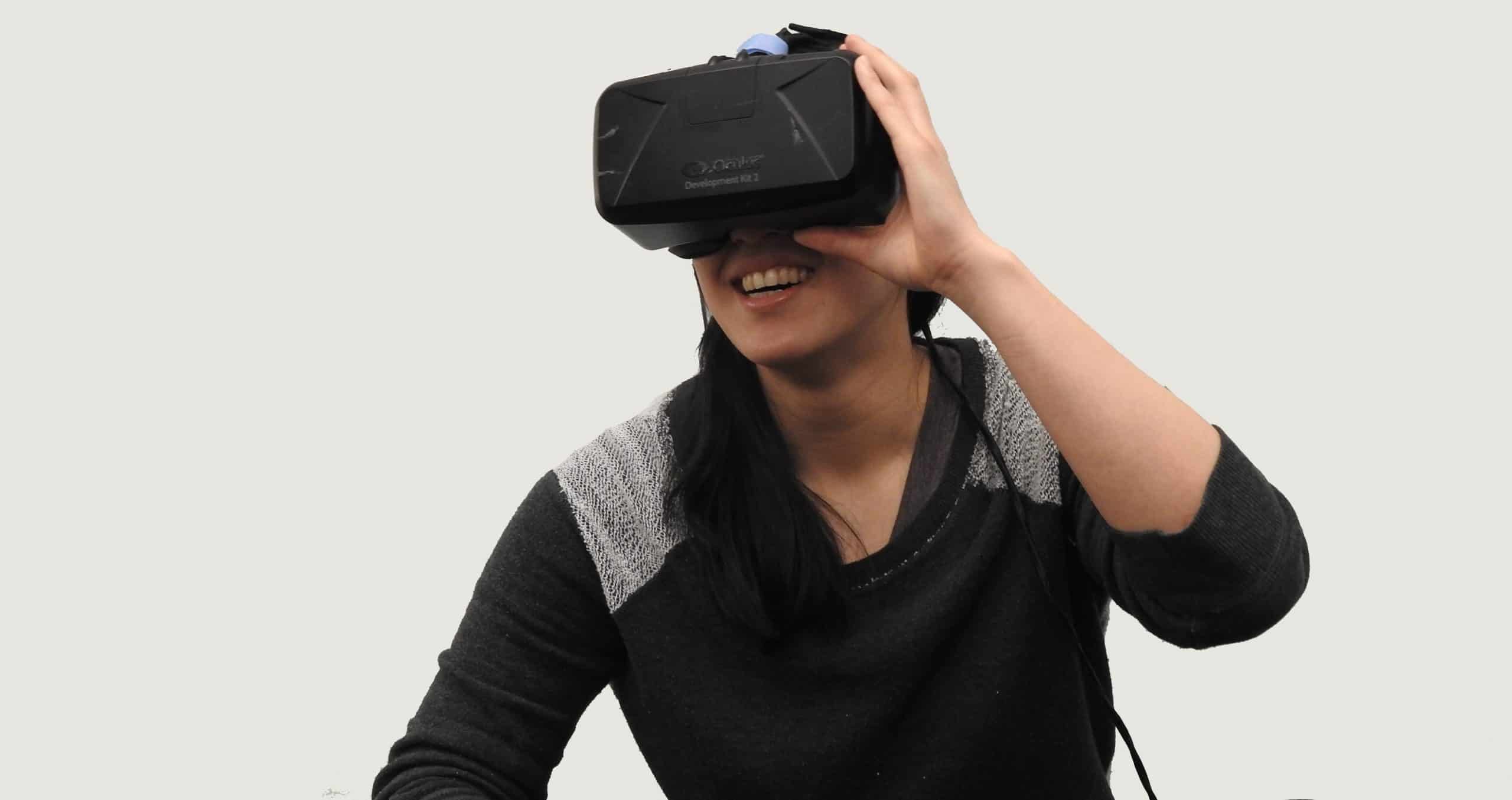
From Barcelona to Arizona: Content at MWC
Mobile video traffic is forecast to grow by around 50% annually through to 2022, when it will account for nearly three quarters of all mobile data traffic. It was of little surprise then that MWC 2017 welcomed Netflix CEO Reed Hastings, who gave a keynote speech at the show.
The Netflix experience is now available across the world, and is accessible in 130 countries. Other content providers too are expanding their reach – Amazon Prime is available in over 200 countries, and YouTube has a equally global audience. The mobile TV experience is now even better than ever, due in part to advances in smartphone screen technology. On Monday for instance, Sony launched its new Xperia XZ Premium handset here at MWC, which features the world’s first 4K HDR screen.
Mobile content is big business, and MWC is attracting a growing number of content producers. During a quick dash around the stands I was able to visit the likes of FashionTV, SPB TV, NBA, and Discovery, as well as spying countless companies which support and profit from the mobile broadcast industry. These include experts in content management, mobile advertising, audience data analytics and video platform development.
The mobile content experience can now also be immersive, thanks to advances in virtual reality. VR launches at MWC this year included the Samsung Gear VR and OPTO Air headsets. The tech is impressive, but the VR isn’t just about high-end gadgets; the huge variety of content available to download and low-cost headsets for the cost-conscious user make the virtual reality experience accessible to all.
I visited Discovery’s stand to try out its VR app, and was instantly whisked half way around the world and deposited precariously on the ledge of the Grand Canyon in Arizona. The video follows a man’s leap into one of the world’s deepest gorges, and the 360-degree visuals, vibrant images and accompanying audio make for an exhilarating – and slightly nauseating – experience.
VR for the consumer was a major theme at the show this year, but Adobe was showing how the tech can also be used for business. The company was demoing its prototype project, which involves viewing 2D adverts theatre-style, with additional product information available around the content, and social media functionality.
Whether you’re a TV addict wanting to binge-watch shows on the go, or are looking for something more thrilling, the demos and products on show at MWC really prove the power and potential of mobile content today and beyond.





